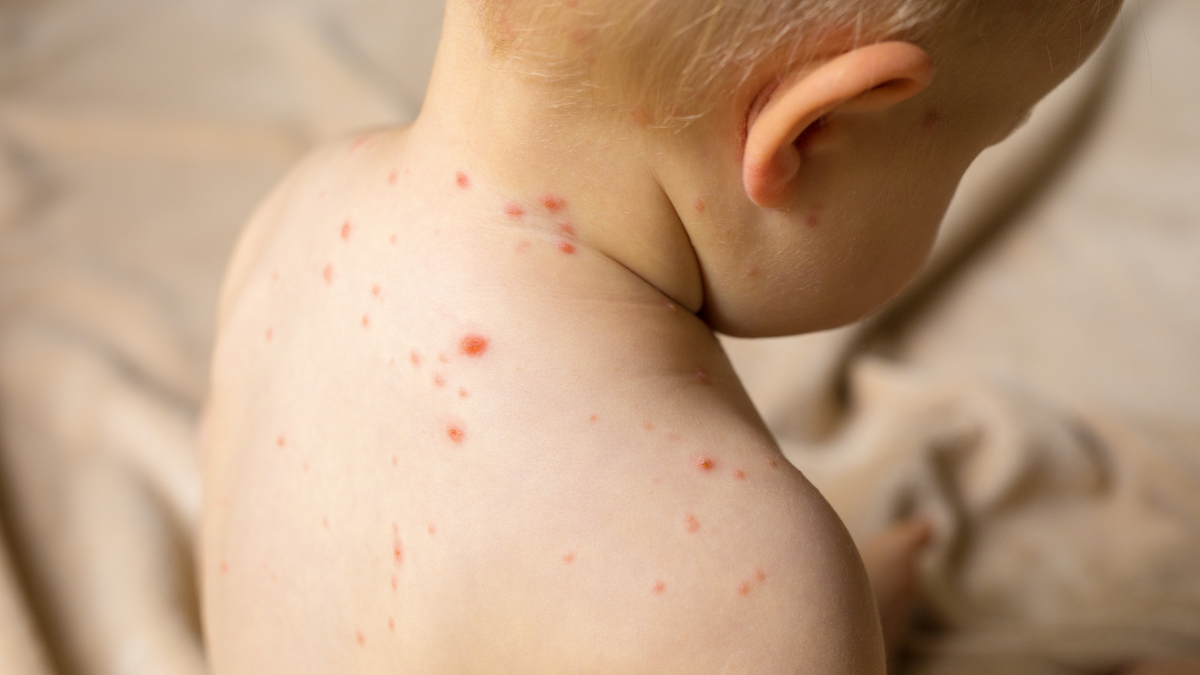Summary
Canada’s measles-free status was revoked after 12 months of uninterrupted spread, driven largely by outbreaks in Ontario and Alberta. The article explains how vaccine exemptions, missing mandates, declining coverage, and weak public health infrastructure created the perfect conditions for measles to return. It also outlines the steps Canada must take to regain elimination status.
On November 10, 2025, Canada officially surrendered its measles elimination status, a designation it had proudly held since 1998. The revocation by the Pan American Health Organization (PAHO) followed the sustained transmission of the same measles virus strain for over 12 consecutive months, confirming that the virus is once again endemic in the country
This loss of status signifies a critical policy vulnerability and infrastructure gap within a high-income public health system.
The crisis was started by a dangerous combination of deep-rooted system problems. These included widespread misinformation, a national decline in vaccination coverage, and, critically, policy loopholes in provincial immunization laws that allowed large clusters of unvaccinated people to form in specific communities.
The unfortunate outcome is the re-establishment of an entirely preventable, highly virulent disease.
I. The Epidemiology of Failure: Ontario and Alberta as Epicenters
The crisis, which began in October 2024, has seen over 5,100 measles cases reported nationwide in 2025, with two tragic infant deaths. The vast majority of this burden falls on two province:
Province — Total Cases in 2025 (as of Nov 8)
Contribution to National Outbreak shown as a visual share.
Data table
| Province | Total Cases | Contribution |
|---|---|---|
| Ontario | 2,394 |
~ 46%
|
| Alberta | 1,969 |
~ 38%
|
These high concentrations occurred because the imported virus cases found and exploited under-vaccinated communities, with 89% occurring in unvaccinated individuals, or those with unknown vaccination status. Measles is extremely contagious, requiring a 95% two-dose vaccination coverage for community protection (herd immunity). Canada’s national coverage rates for two-year-olds had already slipped from 89.25% to 82.5% in some provinces by 2023.
II. The Dual Policy Failure:
The high case counts in Ontario are particularly alarming given the existence of the Immunization of School Pupils Act (ISPA), which mandates that children be vaccinated to attend school. The law is undermined by allowing non-medical exemptions through the Statement of Conscience or Religious Belief.
A parent who objects to immunization must:
- Watch a mandatory Vaccine Education Video
- File a Statement of Conscience or Religious Belief Form that is notarized by a Commissioner for Taking Affidavits
This process results in the geographic clustering of unimmunized children, a phenomenon that allowed the virus to quickly establish an uninterrupted chain of transmission.
Conversely, Alberta’s failure was one of absence: the province does not have a mandate requiring vaccinations for school entry. This policy choice, combined with a fragmented, optional immunization registry, enabled community clusters of highly susceptible individuals to form freely.
Why did other provinces not face the same crisis?
Only three Canadian provinces mandate vaccination for school entry (Ontario and New Brunswick). The other seven provinces and all territories rely primarily on strong public health recommendations and their inherent authority to exclude unvaccinated children from schools during an outbreak, rather than mandatory law.
Crucially, provinces without a mandate often avoid the formal, legal clustering mechanism (the non-medical exemption loophole) that fuelled the deep, sustained outbreaks in Ontario and Alberta.
III. Reclaiming Elimination: Investment and Political Will
To regain elimination status, Canada must interrupt transmission of the current strain for at least 12 months and prove it has strengthened its surveillance and public health systems. This process will require significant political commitment and financial investment.
Key reforms are necessary to rebuild the wall of immunity:
- Tighter Exemption Enforcement: Experts stress that tougher enforcement of school vaccination policies, essentially restricting exemptions to valid medical reasons, is “critical to stopping the spread”.
- National Registry: The lack of a fully implemented national electronic vaccine registry prevents health authorities from quickly identifying where immunity gaps exist, especially for families who move between provinces.
- Primary Care Crisis: A shortage of family doctors means children are at risk of missing routine vaccinations, as pharmacies do not provide MMR immunizations for the very young, creating another point of system failure.
- Targeted Outreach: PAHO has recommended presenting a corrective plan that includes robust, targeted community engagement to break down barriers and understand the perspectives of under-vaccinated populations.
The re-emergence of endemic measles serves as a severe indicator of systemic fragility. Regaining elimination status is not merely a technical achievement; it is a mandate to address the structural deficiencies that led to this reversal.
The sustained effort required involves legislative reform, namely, addressing permissive exemption policies, and a renewed commitment to investment in national surveillance and primary care access. Restoring the collective immunity wall is essential to safeguarding the public health stability of the nation and preparing for future infectious disease challenges.
To track the progress of these vital reforms and stay informed on critical public health issues, subscribe to The Health Insider today.










